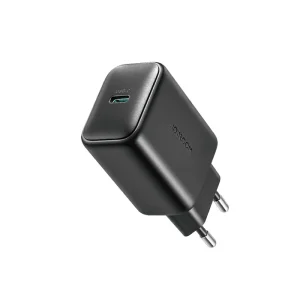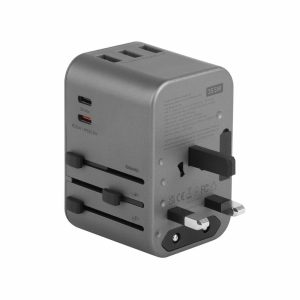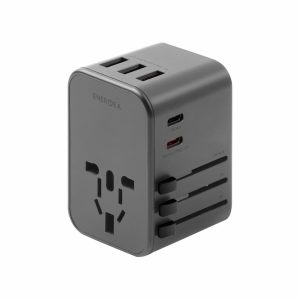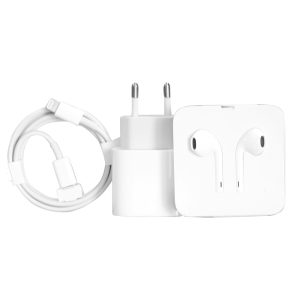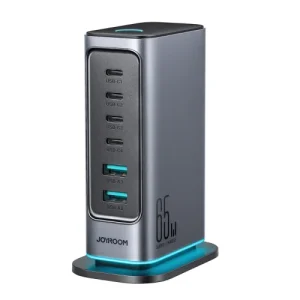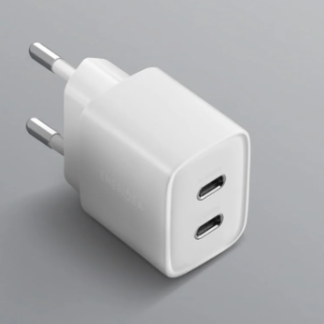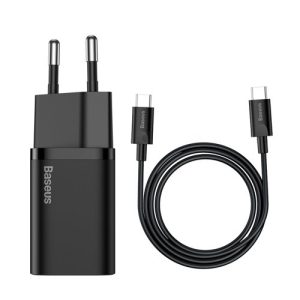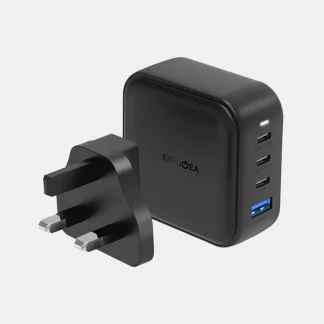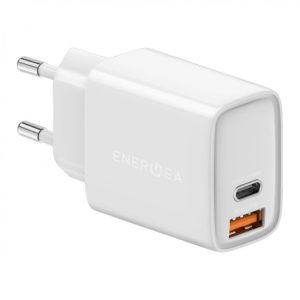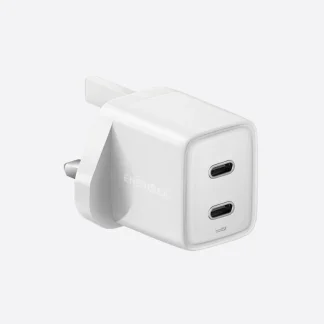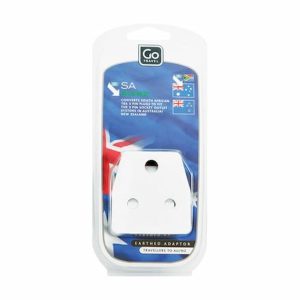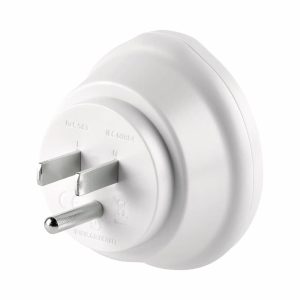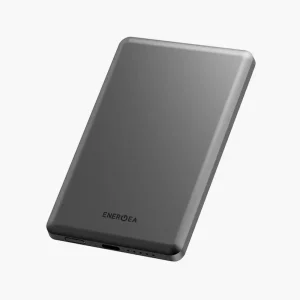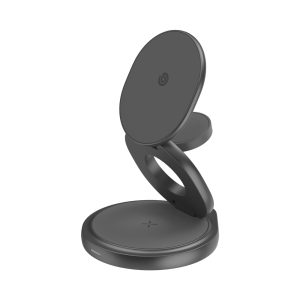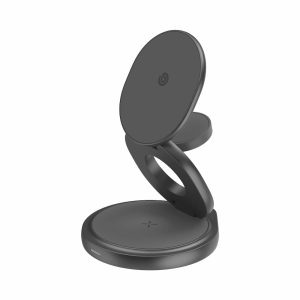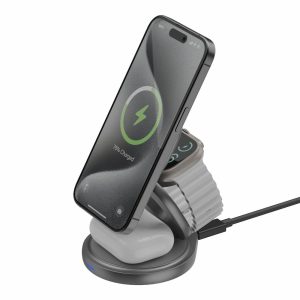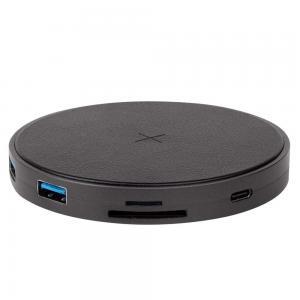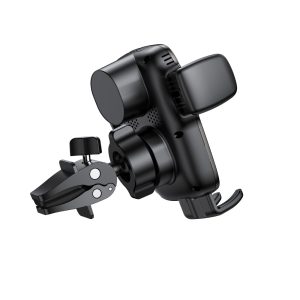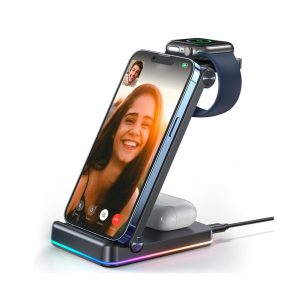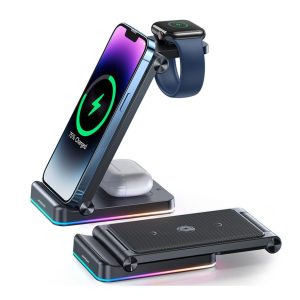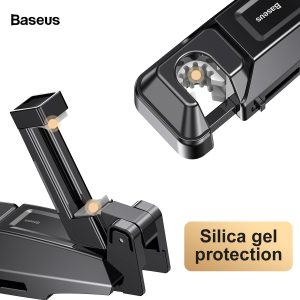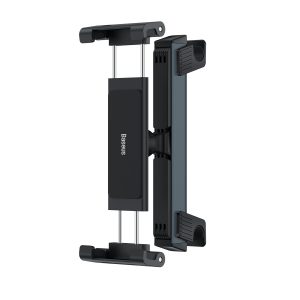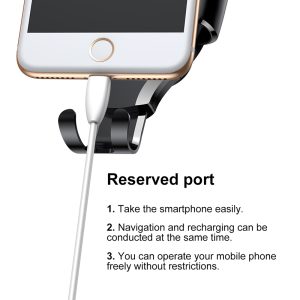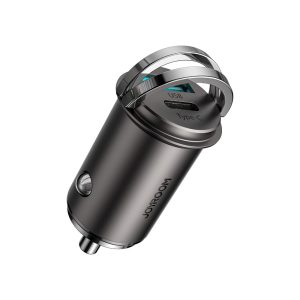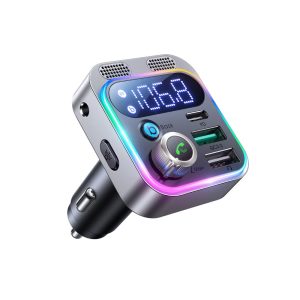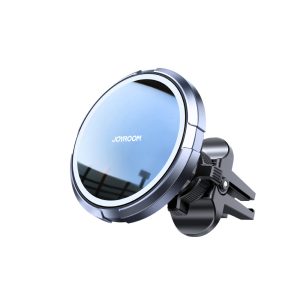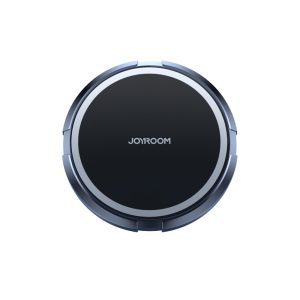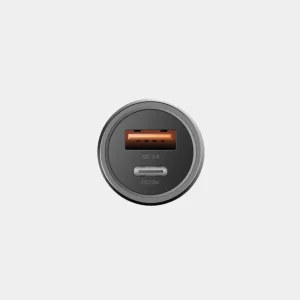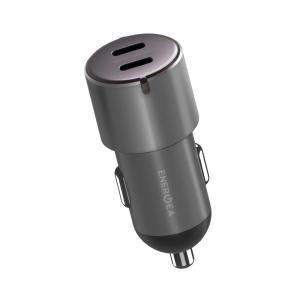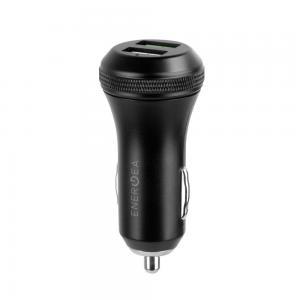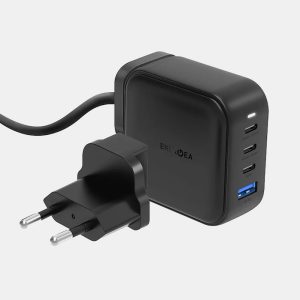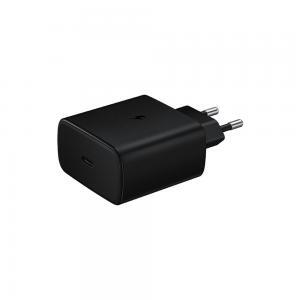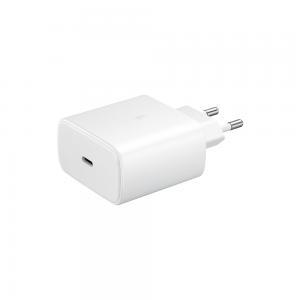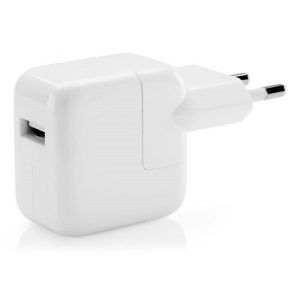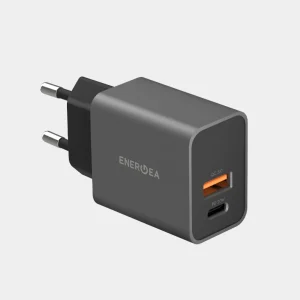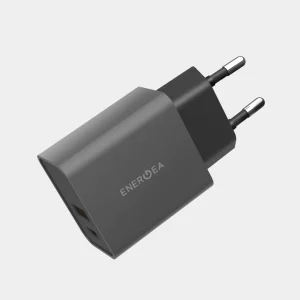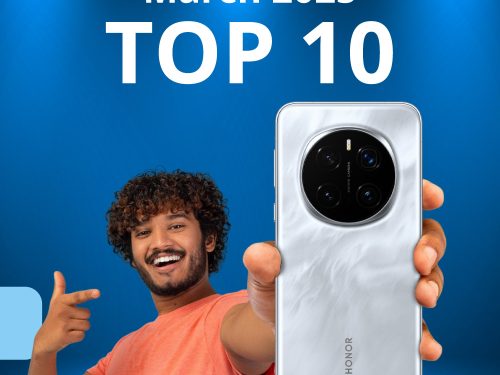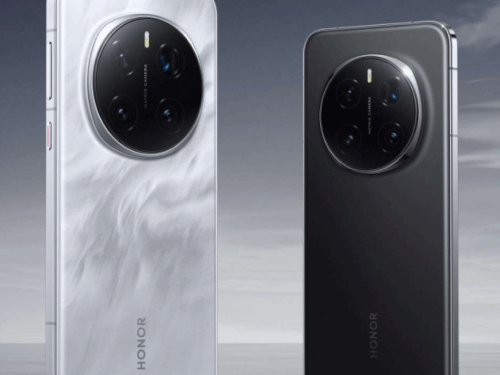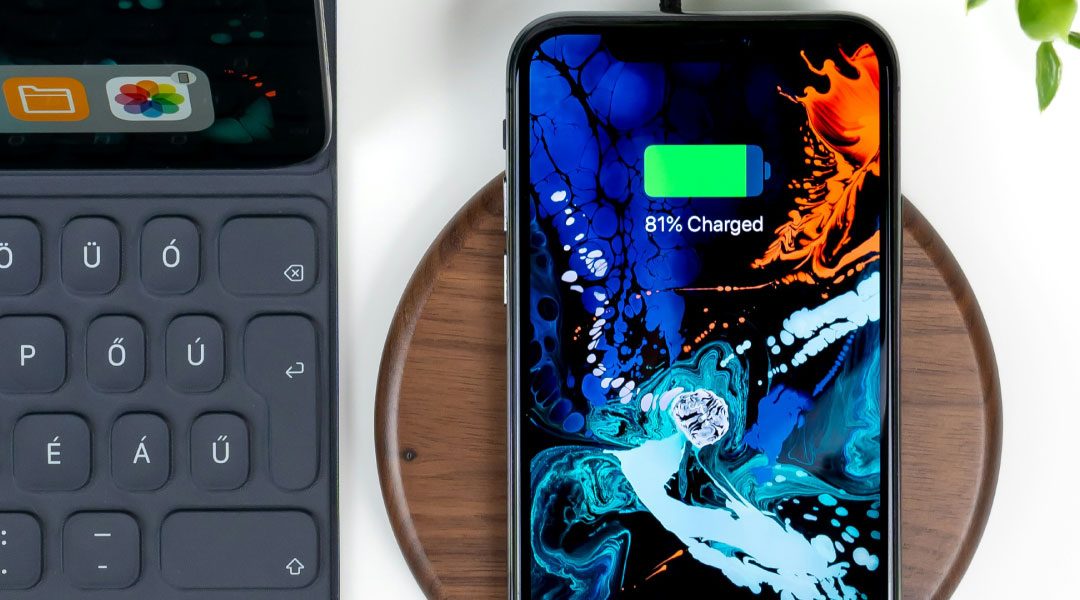


Understanding GaN, PD, QC and Qi: A Comprehensive Guide to Modern Charging Standards
In the rapidly evolving world of electronics, charging technology has advanced significantly. From faster charging speeds to increased efficiency and broad compatibility, the landscape of charging standards is complex. This guide explores the key players in the charging ecosystem—GaN, PD, PD3, Qualcomm Quick Charge (QC), and Qi—and how they interact with the three stages of charging that ensure our devices are efficiently and safely powered.
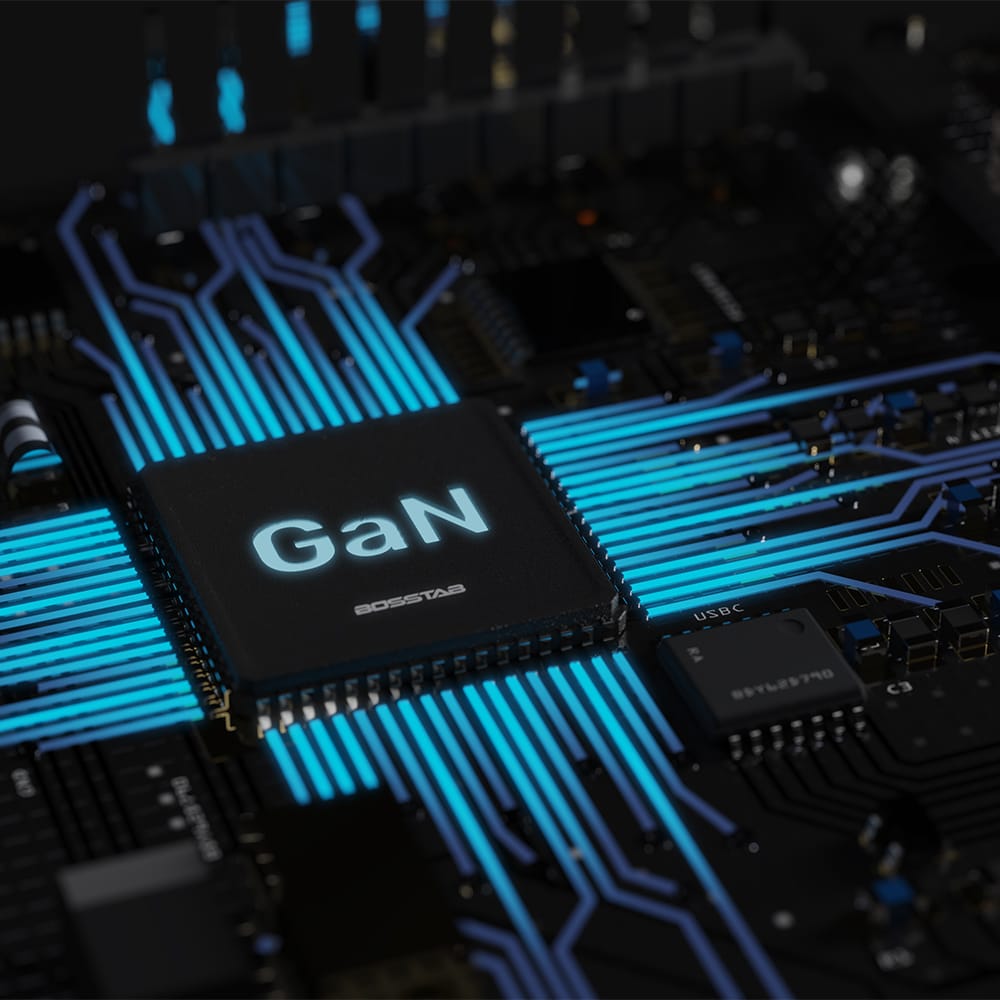
GaN (Gallium Nitride)
Gallium Nitride (GaN) is a revolutionary material used in semiconductors for power electronics. GaN outperforms traditional silicon-based semiconductors by enabling more efficient energy transfer and reduced heat generation. This allows GaN chargers to be smaller, lighter, and capable of charging devices faster without overheating, making them the top choice for high-performance chargers.
Key Benefits:
- Smaller size and lighter weight: Compact charger designs.
- Higher efficiency and faster charging: Delivers power more effectively.
- Less heat generation: Operates cooler, reducing the need for bulky heat sinks.
PD (Power Delivery)
USB Power Delivery (PD) is a versatile fast-charging standard developed by the USB Implementers Forum, designed to provide dynamic power delivery across a wide range of devices.
- Power Delivery (PD): This initial standard allows devices to charge quickly via USB, with power levels reaching up to 100W. It supports dynamic power negotiation, which means the charger and device communicate to deliver just the right amount of power needed, ensuring safe and efficient charging.
- Power Delivery 2.0 (PD2): PD2 built on the original PD standard by introducing enhanced power management and safety features, leading to better efficiency and setting the stage for more advanced versions.
- Power Delivery 3.0 (PD3): PD3 introduces PPS (Programmable Power Supply), which allows for finer control over voltage and current, optimizing charging for specific devices, particularly those that support fast charging. PD3 remains backwards compatible with earlier versions, making it versatile across different generations of devices.
Key Features:
- Supports up to 100W of power: Suitable for various devices.
- Dynamic power negotiation: Optimizes charging for each device.
- PPS (Programmable Power Supply) in PD3: Finer control over voltage and current.
- Broad compatibility: Works with many different electronics and is backwards compatible.
Qualcomm Quick Charge (QC)
Qualcomm Quick Charge (QC) is a proprietary fast-charging technology developed by Qualcomm, specifically designed to rapidly charge devices powered by Snapdragon processors. QC allows devices to charge quickly by increasing both the voltage and current, thereby delivering more power to the battery in a shorter time.
Key Features of QC:
- Rapid charging capability: Designed for quick top-ups.
- Optimized for Snapdragon processors: Ensures peak performance on compatible devices.
- Widespread adoption: Available on many Android devices.
Key Differences Between QC and PD:
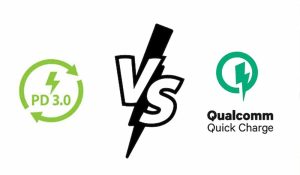
- Voltage and Current Control: QC increases both voltage and current to achieve faster charging, whereas PD focuses on dynamic power negotiation with a more granular control over voltage and current, especially in PD3 with PPS.
- Compatibility: QC is optimized for devices with Qualcomm Snapdragon processors, while PD is a universal standard compatible with a broader range of devices, regardless of the processor.
- Charging Speed: QC is designed to achieve rapid charging in a short time, making it highly effective for quick top-ups. PD, particularly in its later iterations, also provides fast charging but with a focus on efficiency and safety across various device types.
Qi Charging
Qi (pronounced “chee”) is the leading wireless charging standard developed by the Wireless Power Consortium. Qi enables the wireless transmission of power to devices through electromagnetic induction. While it is generally slower than wired charging methods like GaN and PD, Qi offers the convenience of cable-free charging, making it popular for smartphones and other small electronics.
Key Points:
- Wireless charging standard: Powers devices without cables.
- Typically slower than wired charging: Prioritizes convenience over speed.
- Widely adopted: Common in smartphones and other small devices.
Conclusion
Understanding the differences between these charging technologies is crucial as they offer distinct advantages depending on the use case. GaN is revolutionizing charger design with its efficiency and compactness, PD and QC standards are making wired charging faster and smarter, and Qi is leading the way for wireless convenience. Whether you prioritize speed, convenience, or efficiency, there’s a charging standard tailored to your needs.

